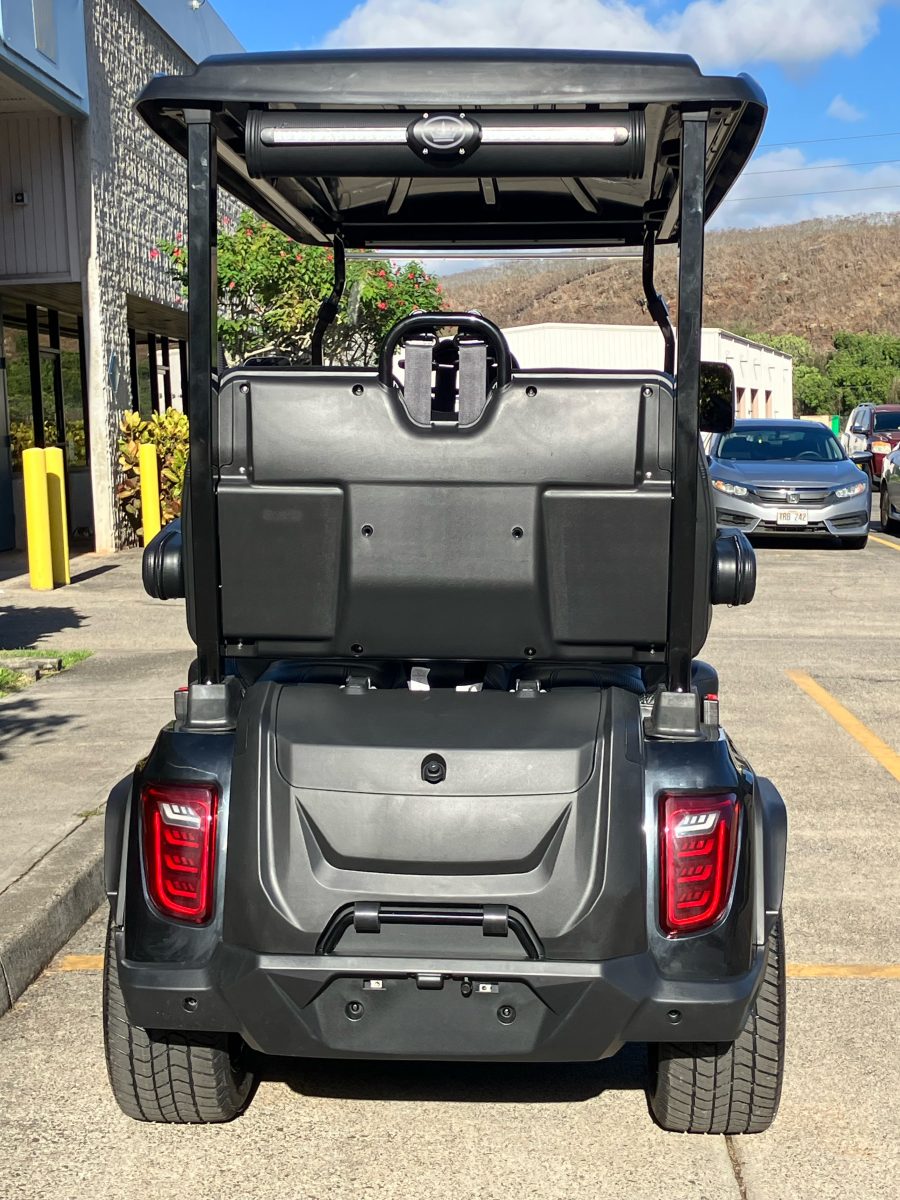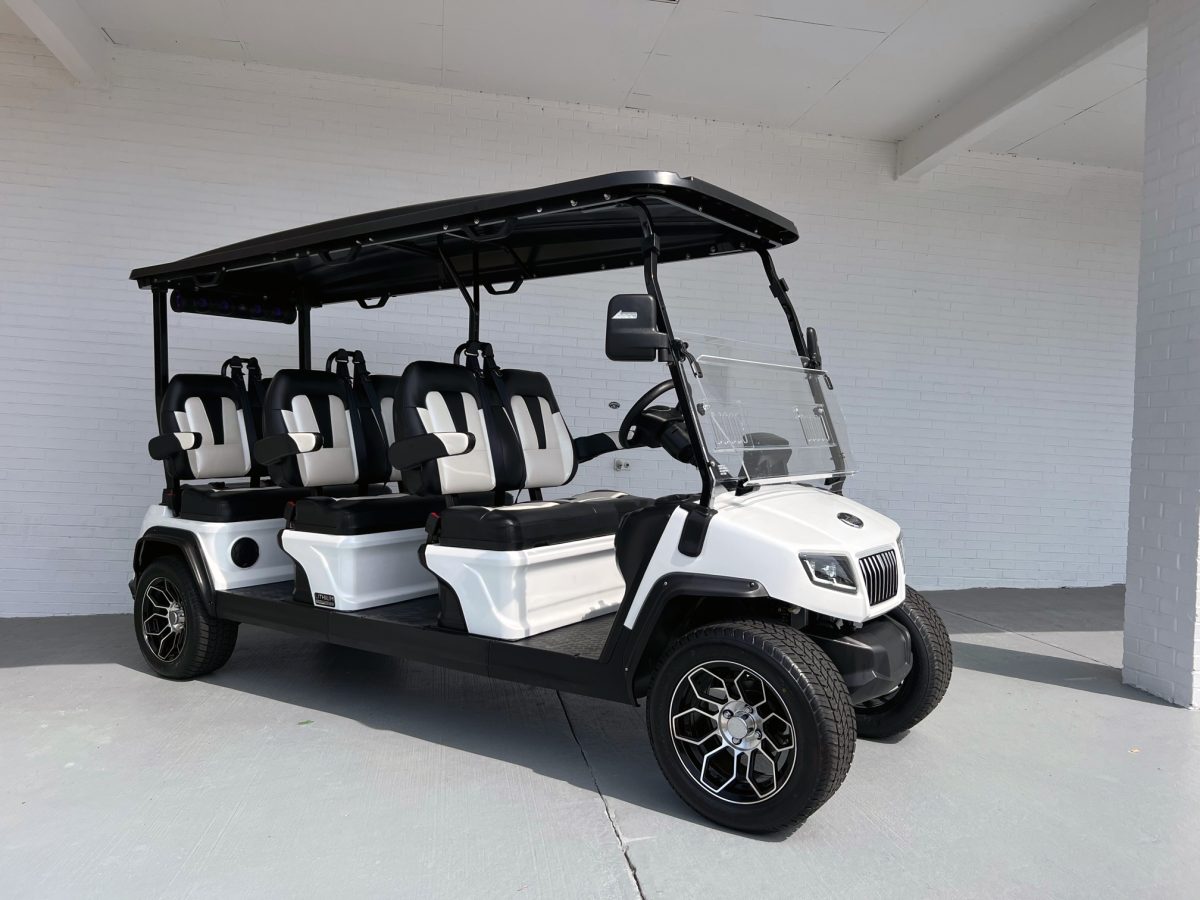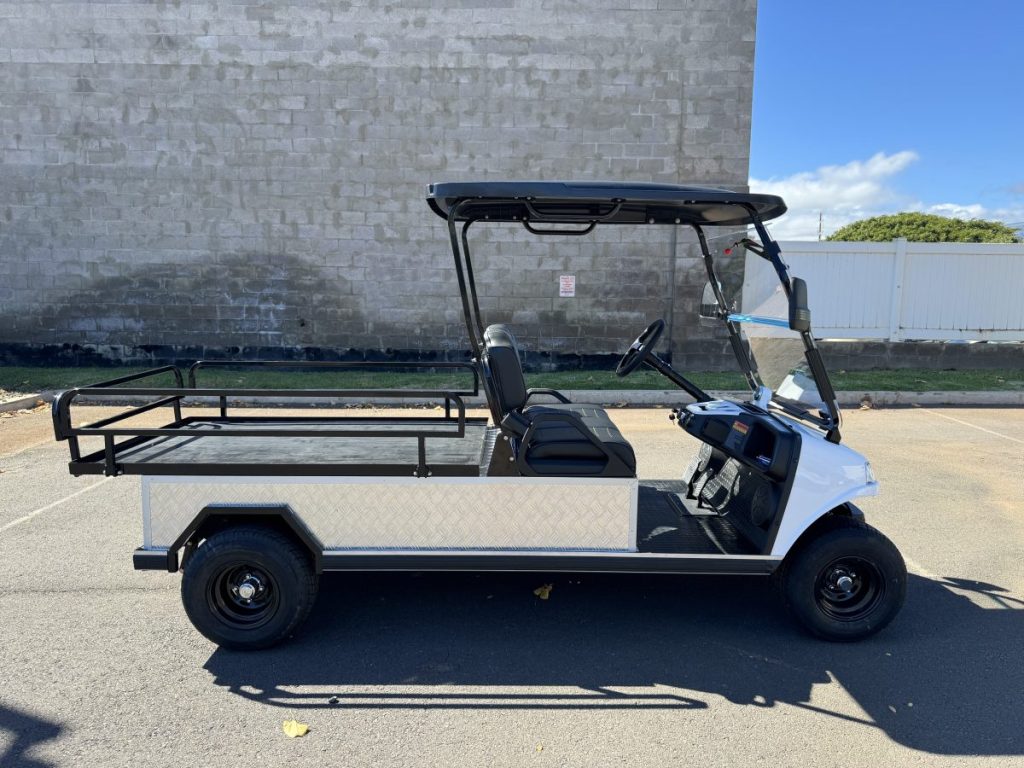You’re cruising around Maui …in your trusty golf cart…feeling the island breeze on your face… and suddenly…the cart slows down. Panic sets in! Is it the battery? Is it you? Is it just a Monday in disguise? Relax—it’s probably your golf cart battery being temperamental. And guess what? Testing it isn’t as intimidating as it sounds, especially when you’ve got the tropical humidity, salt air, and Maui sand working against your trusty little ride. Join 808 Golf Carts and let’s get to the bottom of how to test golf cart batteries on Maui.
Why Should You Even Bother Testing Your Golf Cart Battery?
Listen, nobody wants to be that person stranded halfway between the golf course and their favorite beachside café because they ignored their golf cart’s needs. Testing your battery is like doing a vibe check on your cart. In a tropical place like Maui, the elements aren’t exactly working in your favor—humidity, salty air, and the sneaky beach sand can slowly wear your battery down. The whole process ensures you don’t get that dreaded “not today, buddy” moment from your cart at the worst possible time. That’s why it’s so essential to learn how to test golf cart batteries on Maui, and why we’re here to guide you through.
How to Test Golf Cart Batteries on Maui
Step 1: Charge It Up, Buttercup
First rule of golf cart battery maintenance: make sure the thing is fully charged before testing it. You wouldn’t go to the doctor after running a marathon and expect them to think you’re in peak health, right? Same thing applies to your battery—it needs a full charge to give you accurate results.
Pro Tip: Let it rest for a few hours after charging before testing it. Think of it as giving your battery a post-spa chill session before asking how it’s doing.
Step 2: Meet Your New Best Friend, The Voltmeter (Or Multimeter)
Now that your battery is charged and relaxed, it’s time to get technical. You’ll need a voltmeter or a multimeter:
- Set your voltmeter to DC (direct current)
- Place the positive lead on the positive terminal (red to red), and the negative lead on the negative terminal (black on black).
- For a 6-volt battery, the reading should hover around 6.3 to 6.4 volts. If you’ve got an 8-volt battery, you’re aiming for 8.4 to 8.5 volts. For 12-volt, you’re looking at 12.7 to 12.8 volts.
Step 3: Don’t Forget About The Whole Pack
To test the battery pack:
- Add up the voltage ratings of each battery in the pack (do a little math—six 6-volt batteries equal 36 volts, for example).
- Test the pack’s total voltage. If it’s significantly less than the sum you calculated, you’ve got a weak link in your battery crew.
Step 4: Getting Fancy with a Hydrometer
If you’re using lead-acid batteries, you’ll need a hydrometer to measure the specific gravity of the battery acid, which basically tells you how healthy the battery is.
- Carefully (seriously, CAREFULLY) open the battery caps.
- Use the hydrometer to take a sample of the battery acid. It should read around 1.265 to 1.275 if your battery’s feeling fine. Less than 1.200? Yeah, time to plan that battery funeral.
Step 5: Inspect the Battery
Look for:
- Corrosion (AKA the white crusty stuff around the terminals—it’s not cute and it’s definitely not good).
- Leaks (no explanation needed—if it’s leaking, it’s not happy).
- Bulging (think of it like a bloated battery—it’s either overcharged or just really, really angry).
If you spot any of the above, it might be time to let the pros at 808 Golf Carts take over.


Step 6: Call in the Experts at 808 Golf Carts
Sure, you’ve just become a golf cart battery guru, but if you’re still unsure on how to test golf cart batteries on Maui (or you just don’t feel like dealing with the messiness of battery testing) then leave it to the experts!
So remember, if in doubt, 808 Golf Carts has your back with expert maintenance and service. So go ahead, give that battery some love, and get back to what really matters—enjoying the island life.





